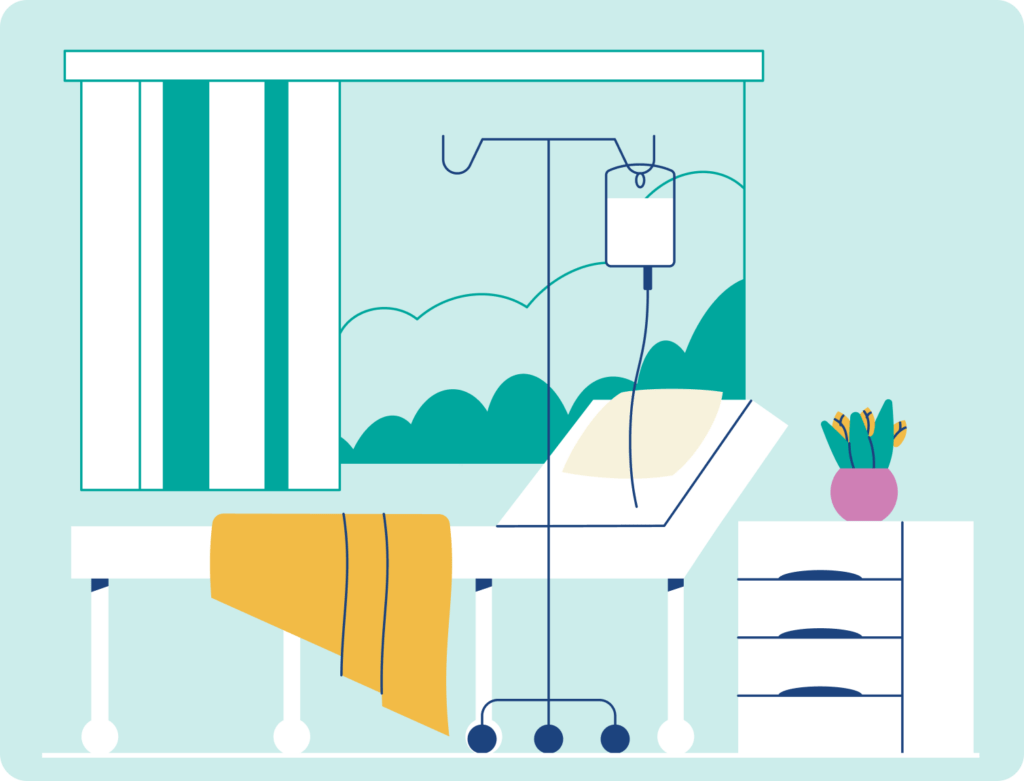Hospital Prior Authorization Management: 5 Best Practices
Even saying “prior authorization” to a healthcare provider or medical staff person is usually enough to turn a smile upside down. Hospital prior authorization management is the ultimate headache and the largest cause of denied claims for these health systems. That’s changing.
Forward-looking organizations have embraced prior authorization technology and management best practices. They are enjoying reduced costs and revenue improvement. Perhaps most importantly, their staff have fewer job headaches and are enjoying greater job satisfaction and improved staff retention.
Those best-practice organizations are still in the minority, but the number of organizations embracing prior authorization best practices is one of the fast-growing trends in healthcare administration. Most organizations today still rely on manual submission and verification processes, which create undue administrative burdens on internal resources, hinder efficient patient care, and impact hospital revenue. Plus, many health insurers are increasingly adopting policies that put undue burdens on healthcare providers and enrollees. In fact, 78% of hospitals and health systems report that working with commercial insurers is getting worse, not better.
Working with payers on prior authorization approval can be tedious and time-intensive. However, some organizations are finding ways to improve these processes. By embracing technology and implementing a handful of best practices, hospitals can streamline operations and improve patient care.
In this blog, Valer explores five essential strategies to help patient access and revenue cycle teams navigate hospital prior authorization management more seamlessly.
- Embrace Technology
Hospital prior authorization management can be greatly enhanced by leveraging automated solutions. When considering technology options (and there are many to choose from), prioritize solutions that offer bi-directional data exchange and integration capabilities. This means it can seamlessly integrate with your Electronic Health Record (EHR) and Revenue Cycle Management (RCM) solutions, ensuring a cohesive flow of information across the healthcare ecosystem.
This allows direct communication between hospital systems and payer networks, reducing manual data entry and minimizing errors. Reducing errors means reducing the likelihood of denials, which continues to be a pain point for health systems, citing one report showing that 13% of prior auth denials and 18% of payment denials actually met Medicare coverage rules and should have been approved.
Additionally, ensure the solution you adopt actually automates the submission process, including submitting data, documentation, attachments, and notes with your prior authorization request. When coupled with automated status-checking and verification, you eliminate a significant amount of time your staff spends navigating through dozens of payer websites.
- Centralize Operations into One Platform
Fragmented processes and silos can lead to inefficiencies and confusion. Centralizing prior authorization processes into one comprehensive platform streamlines workflows and improves communication. With one portal, you replace the need to submit and verify prior authorizations through dozens of disparate payer portals with their unique web and fax submission forms. Ensure that all relevant information, including EHR data, feeds into this centralized solution. Likewise, consolidating all payer decisions within the same platform promotes consistency and transparency across the authorization process and makes training staff easier.
- Measure and Set Goals
The next best practice for hospital prior authorization management is to set and measure your goals. Data-driven decision-making is essential for optimizing your prior auth process. Implement a system to measure KPIs and set achievable goals. Consider utilizing industry standards such as the National Association of Healthcare Access Management (NAHAM) Access Keys for benchmarking performance. Report on a monthly, quarterly, and annual basis to track progress and identify areas for improvement. For maximum accountability, report data at multiple levels, including health system, facility, location, and employee. If you’ve adopted a prior auth solution that puts everything into one portal, the data for reporting becomes increasingly easy to pull and spot trends.
- Train Your Team and Partner with Supportive Vendors
Success in hospital prior authorization management relies on a knowledgeable and well-trained team. Provide comprehensive training to staff members on using automated solutions, goals, and best practices. The reporting we just discussed can be done on an individual level – so use that as a guide to identify further areas for additional training and support.
Additionally, partner with a vendor that offers ongoing support and assistance. Beyond solution implementation, a supportive vendor can provide ongoing expertise, troubleshooting assistance, and updates on industry trends, ensuring that your team remains equipped to navigate the evolving landscape of prior authorizations.
- Stay Informed of Changing Industry Standards
The healthcare industry is constantly evolving, and prior authorization regulations and standards are no exception. Stay abreast of changes in industry standards, payer policies, and regulatory requirements. Regularly engage with industry publications, attend conferences, and participate in professional development opportunities. By staying informed, you can help your hospital or health system proactively adapt its prior authorization processes to remain compliant and efficient.
Ultimately, effective hospital prior authorization management requires a strategic approach that embraces technology, centralizes operations, sets measurable goals, invests in staff training, and stays informed of industry changes. By implementing these best practices, hospitals can streamline workflows, improve accuracy, and enhance the overall patient experience. If you’re ready to implement these best practices for your healthcare setting, contact us today.




